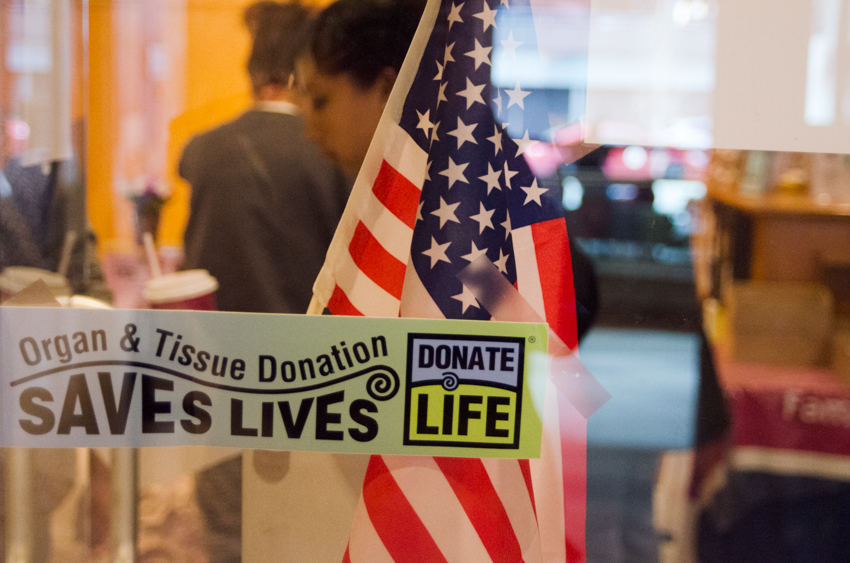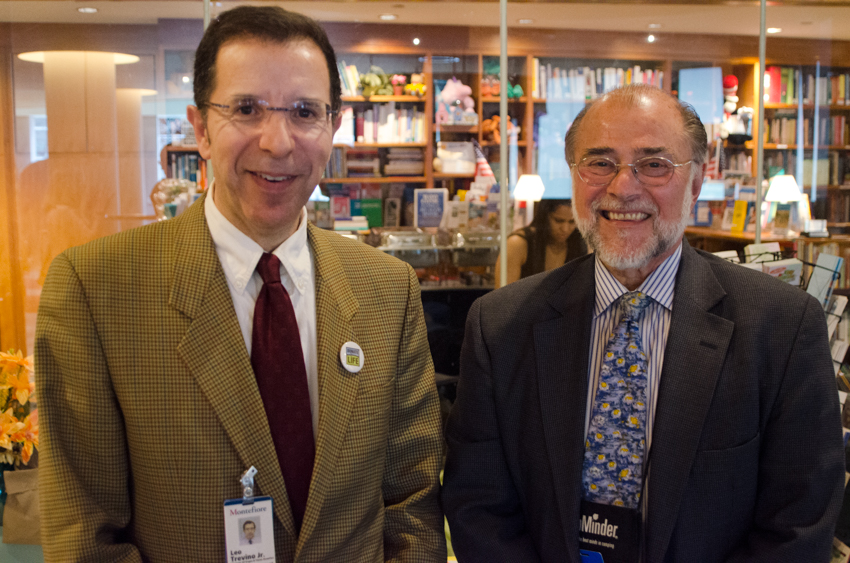
By JENNY SHARP
Leo Trevino Jr, manager of Montefiore Hospital’s Organ and Tissue Donation Initiative, says that he is constantly astounded by the generosity of New Yorkers in their willingness to donate an organ to save the life of a stranger. “There are families that I know cannot buy a gallon of milk and they give this gift of life without asking anything in return” said Trevino.
Trevino was on hand at an organ registration drive at Montefiore Hospital April 15, hoping to recruit new would-be organ donors to a state registry.
But however miraculous the medical procedure of organ transplant may seem, it is perhaps even more miraculous that a patient ever gets to that point given the complexity of the entire organ transplantation process. The steps involve scientific compatibility, donor stipulations, paperwork, and timing.

Right now there are 10,000 residents in New York State awaiting a life-saving organ, according to Trevino. For many of these patients, the need is dire. Out of the thousands, 500 people died last year on the list awaiting a new organ and a new chance at life. Trevino noted that livers and kidneys are the most sought after organ.
While doctors are able to use tissues from donors who die unexpectedly in the field, a car crash for instance, vital organs can only be donated from a cadaver that’s declared legally brain dead and remains on a ventilator. And this is only the first step. Even if there is an organ available, the donor and recipient must have compatible blood types, explained Dr. Frederick Kaskel, medical doctor for the department of pediatrics’ division of nephrology at the Children’s Hospital at Montefiore. Beyond that there are even greater tissue stipulations for those with the same blood type.
The number of patients awaiting a transplant far outweighs the availability due to scientific requirements and the system’s reliance on the altruism of donors. It is a gift for which donors and families receive nothing in return. The federal government prohibits the use of money or tax write-offs as an incentive for donors, which could be seen as a manipulation.
The need for organs and donors is dire, said Trevino, who often visits community centers and houses of worship to educate the public on the need for donors.
By increasing the number of individuals in the New York State Donating Live Registry, the pool of potential matches rises exponentially. Registering does not mean that one would receive less care from hospitals and first responders, who have a commitment to saving every life. Instead it ensures that in the event of one’s death, the patient’s organ can save someone living with a life threatening disease.
“It is a beautiful gift,” said Trevino.
The next organ registration drive happens on April 28 at the Justice Sonia Sotomayor Community Center, 1000 Rosedale Ave. from 11 a.m. – 2 p.m.





Please don’t forget living organ donors. The American Living Organ Donor Fund helped make 84 transplants possible in the last three months, but our funds are low and we have 14 applications pending from people who want to be living organ donors but can’t take the step without help covering their unpaid leave.
see https://www.charitable.org/en/livingkidneydonorssavelives
and http://www.alodf.org
also see TEDMED talk at
https://www.youtube.com/watch?v=VS9wkGjEdhQ